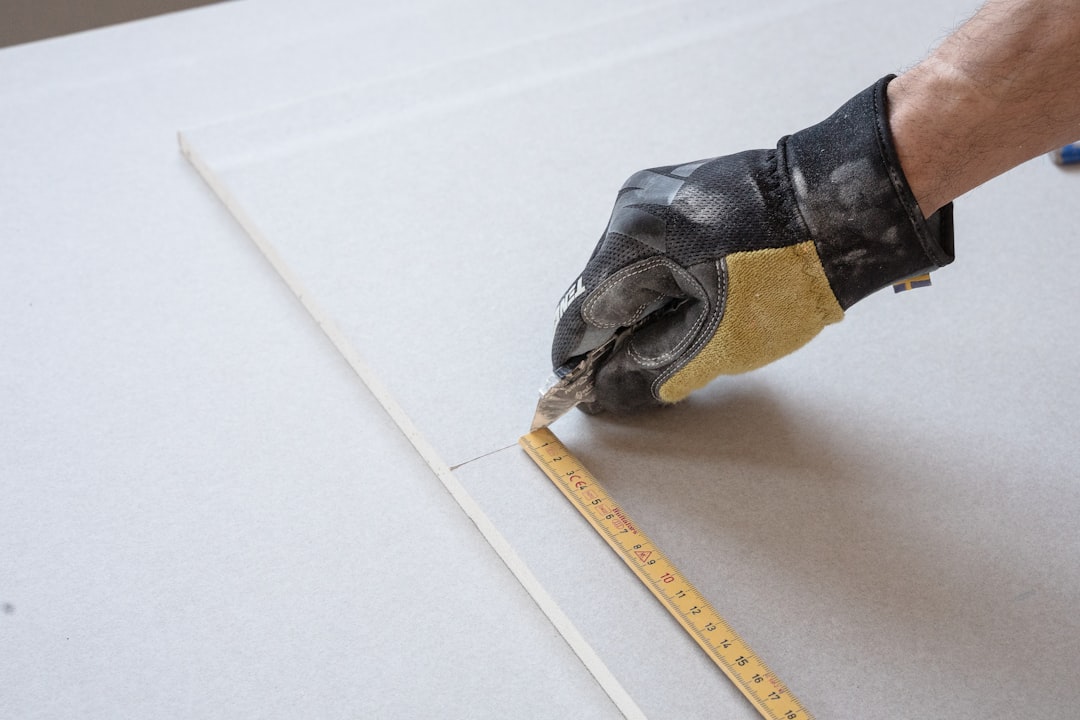
For construction professionals, accurately estimating the cost to insulate a crawl space is crucial. Costs can range from $1.50 to $7.25 per square foot, depending on factors like insulation type and local codes. This guide breaks down each component affecting crawl-space insulation pricing, ensuring you understand where every dollar goes.
• Reduces energy loss through the floor system
• Controls moisture, preventing mold and rot
• Improves comfort by evening out floor temperatures
• Protects plumbing and HVAC ductwork from extreme temperatures
1. Clean, open spaces with vapor barriers are cheaper to insulate.
2. Tight spaces or debris increase labor and material handling costs.
3. CountBricks' on-site voice capture flags these conditions, adjusting estimates in real-time.
Fiberglass Batts
• Lowest material cost, suitable for joist cavities
• Requires proper air sealing and may slump over time
Closed-Cell Spray Foam
• Higher upfront cost, offers air barrier and superior R-value
• Ideal for vented crawl spaces or irregular framing
Rigid Foam Board
• Mid-range cost, used on crawl-space walls
• Must be taped and sealed at joints to prevent air infiltration
Building codes mandate minimum R-values. A 1,500-square-foot space insulated to R-19 with fiberglass may cost 40-50% less than R-30 with spray foam. CountBricks pulls county-specific code data to ensure compliance without overspending.
Skipping air sealing or vapor protection is incomplete. CountBricks adds necessary materials and labor for proper coverage, with costs detailed in line-items.
Economy Package (Fiberglass + Basic Air Seal)
• $1.50–$2.75 per square foot
• Suitable for conditioned spaces
Performance Package (Rigid Foam Walls + Fiberglass Joists)
• $3.00–$4.50 per square foot
• Balances budget and energy savings
Premium Package (Closed-Cell Spray Foam)
• $4.75–$7.25 per square foot
• Best for high-humidity climates
• Voice-based takeoff captures square footage
• AI engine updates regional material pricing daily
• Labor rates adjust to project zip code
• Optional tasks can be toggled in real time
• Instant PDF quote ready for e-signature
CountBricks highlights cost-saving opportunities, such as combining encapsulation and insulation to reduce labor by 10-15%.
• Pest remediation: $250–$750
• Water mitigation: $1,000–$3,000
• HVAC obstructions: $300–$600
• Permit fees: Vary by municipality
DIY fiberglass may seem cheaper, but equipment rental and lack of warranty erode savings. CountBricks' network offers bulk-discounted materials and guarantees compliance.
• Bundle air sealing, insulation, and vapor barrier to avoid multiple charges
• Schedule insulation after plumbing but before HVAC connections
• Choose white vapor barrier film for better visibility
• Ask for R-19 joist batts with rigid-foam walls for best cost-performance
• Use CountBricks.com to compare pricing and financing
Insulation may qualify for federal tax incentives and state rebates. CountBricks estimates include available credits for a clear net project cost.
Find out the specific cost for your crawl space with CountBricks. Request a live estimate session and start maximizing efficiency and home value today.

The Ramirez family in Fresno used CountBricks for a 1,200-square-foot crawl-space upgrade. Initially quoted $9,000, CountBricks' detailed estimate reduced costs by 18% to $6,660, including a $600 utility rebate.
Estimated Results
• Material cost: $3,420
• Labor: $2,980
• Permits and disposal: $260
• Total: $6,660
CountBricks' platform synced with the installer's calendar, starting work within four days.
• Real-time pricing beats static spreadsheets
• Transparent line items foster trust
• Integrated rebates shorten payback periods
• Fast scheduling keeps timelines intact
Ready to see similar savings? Book a live assessment and receive your personalized estimate in minutes.